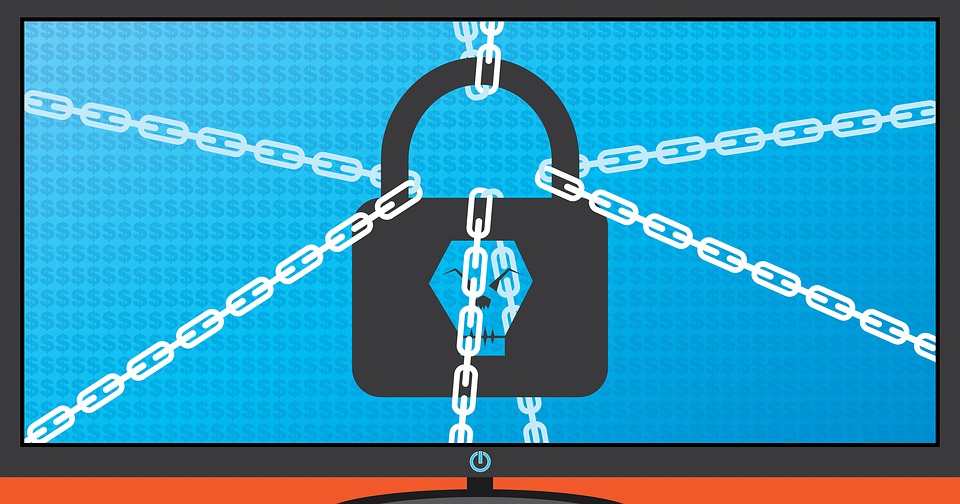Featured
Ransomware thrives in SA
Ransomware industry flourishes in SA while business are largely unprepared for the business interruption and financial fallout of a breach
Share
- Click to share on X (Opens in new window) X
- Click to share on Facebook (Opens in new window) Facebook
- Click to share on LinkedIn (Opens in new window) LinkedIn
- Click to email a link to a friend (Opens in new window) Email
- Click to share on Reddit (Opens in new window) Reddit
- Click to share on WhatsApp (Opens in new window) WhatsApp
- Click to share on Pinterest (Opens in new window) Pinterest
Why have cyberattacks and data breaches become so rampant?
Aon’s 2019 Cyber Security Risk Report highlights some of the vulnerabilities:
- The rapid expansion of operational data from mobile and edge devices, along with growing reliance on third-party—and sometimes even fourth-party—vendors and service providers, are heightening cyber risks.
- The combination of faster networks and vulnerable devices – Internet of Things (IoT) and the forthcoming transition to 5G – opens more doors to destructive threats.
- Employees remain one of the most common causes of breaches. In a 2018 Aon survey, 53% of respondents said their companies experienced an insider-related attack within the previous year. When an employee of a large healthcare company inadvertently opened a phishing email, nearly 80 million patient records on his system ended up in the hands of a foreign government.
- Organised crime is now using former intelligence members for more sophisticated attacks, while state actors are both broadening the nature of their attacks and increasing their frequency.
- Lastly, an ever-changing set of regulations from governments around the world compounds the difficulties of managing cyber risks.
According to Zamani Ngidi, client manager for cyber solutions at Aon South Africa, “South Africa will continue to see large-scale ransomware attacks that target admin credentials to gain access to, and infect, wider networks. The bottom line is that any organisation, regardless of size, ownership or sector, that is reliant on technology and a network to conduct any aspect of its business is at risk.”
Despite the fact that the breadth and scope of cyber coverage has increased substantially since 2017, only 27% of participants in Aon’s 2019 Global Risk Management Survey from the Middle East and Africa region have purchased cyber insurance.
“The risk that cybercrime poses is here, and it is very real. A lack of reporting on the matter is leaving many in the dark as to the resultant costs that a business could suffer as a result of a cyber breach, not only from an incident response perspective but also the subsequent business costs associated with a breach of this nature that can include aspects such as business interruption, loss of business and client trust, liability of directors and officers through to reputational damage,” explains Zamani.
“Many companies simply do not have the luxury of a big balance sheet to absorb the risk and this is where the insurance and response programme become crucial. It necessitates a major shift in business thinking to view cyber risk as both a strategic and critical risk that holds a very real threat to business and its operations. Proactive steps need to be put in place in order to prevent a business from becoming a statistic as far as possible in addition to having a solid incident response plan and cyber insurance in place to manage a worst-case scenario,” he adds.
Visit the next page to read about how you can protect yourself.
Share
- Click to share on X (Opens in new window) X
- Click to share on Facebook (Opens in new window) Facebook
- Click to share on LinkedIn (Opens in new window) LinkedIn
- Click to email a link to a friend (Opens in new window) Email
- Click to share on Reddit (Opens in new window) Reddit
- Click to share on WhatsApp (Opens in new window) WhatsApp
- Click to share on Pinterest (Opens in new window) Pinterest
| Thank you for Signing Up |


















